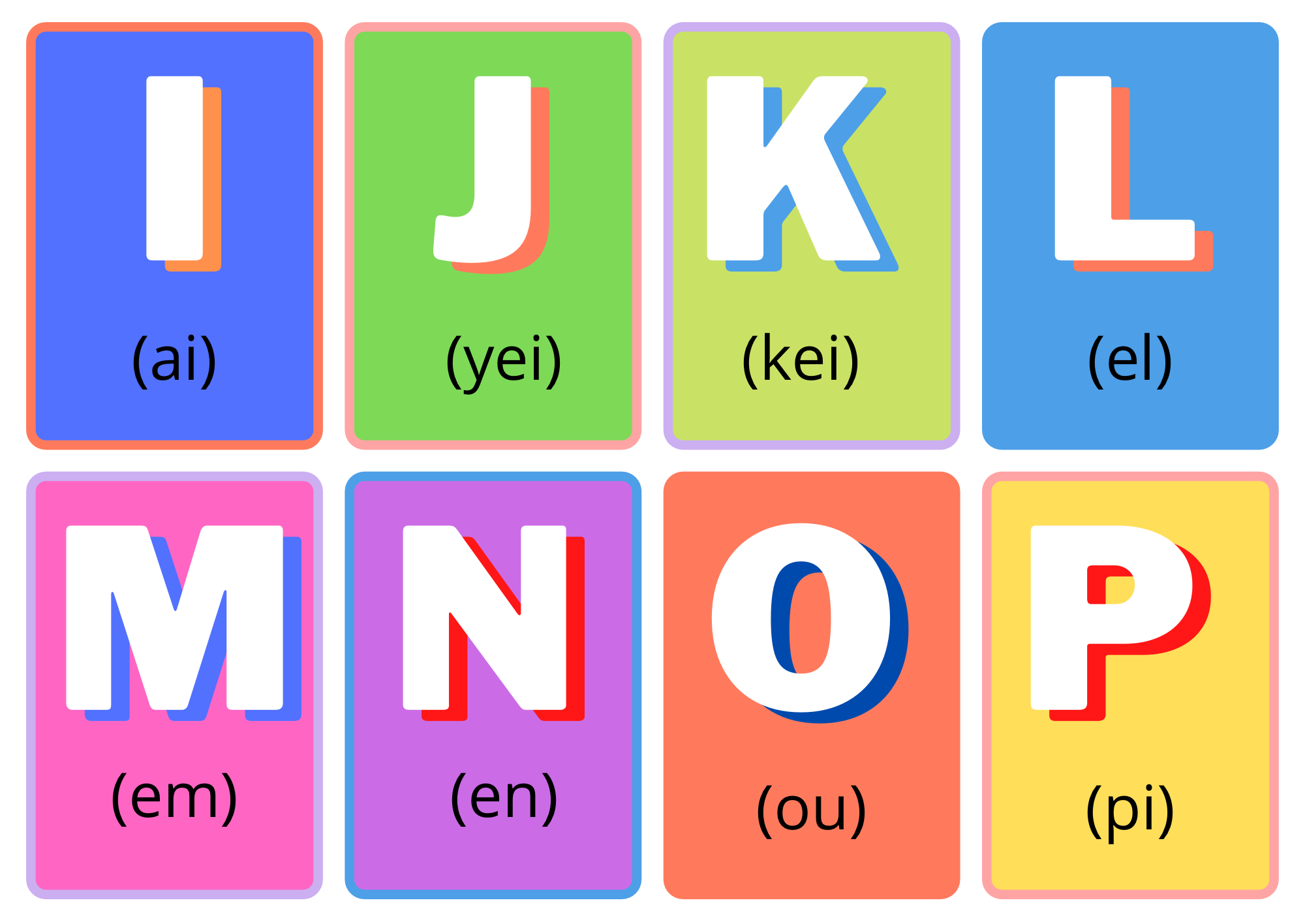The English alphabet, also known as the Latin alphabet, is an essential aspect of the English language and learning it is crucial for both native speakers and learners alike. This article delves into the details of the English alphabet, exploring its history, structure, and practical applications. By the end of this guide, you will have a thorough understanding of the English alphabet and its significance.
The English alphabet consists of 26 letters, each with its own unique phonetic sounds and characteristics. Understanding these letters is fundamental to mastering reading and writing in English. The alphabet serves as the foundation for forming words, sentences, and ultimately, effective communication.
In this article, we'll break down the English alphabet into easy-to-understand sections, providing valuable insights and information to enhance your knowledge. Whether you are a student, teacher, or simply someone interested in the English language, this guide is designed to be informative and engaging.
Table of Contents
- 1. History of the English Alphabet
- 2. Structure of the English Alphabet
- 3. The Letters of the English Alphabet
- 4. Phonetics of the English Alphabet
- 5. Usage of the English Alphabet
- 6. Teaching the English Alphabet
- 7. Common Words and Phrases
- 8. Conclusion
1. History of the English Alphabet
The English alphabet has a rich history that can be traced back to ancient civilizations. It evolved from the Latin alphabet, which itself was derived from the Etruscan alphabet, which in turn came from the Greek alphabet. This progression showcases how language and communication have adapted over time.
During the 7th century, the English language began to take shape, and the Latin alphabet was introduced to England with the arrival of Christianity. The original Latin alphabet contained 23 letters, but as English developed, three additional letters were added: J, U, and W.
Key Milestones in Alphabet History
- 7th Century: Introduction of the Latin alphabet to England.
- 15th Century: The printing press helped standardize the alphabet.
- 18th Century: The establishment of dictionaries contributed to the formalization of the alphabet.
2. Structure of the English Alphabet
The English alphabet is comprised of 26 letters, which are divided into two categories: vowels and consonants. Understanding this structure is crucial for language learners.
Vowels and Consonants
- Vowels: A, E, I, O, U (and sometimes Y)
- Consonants: The remaining letters (B, C, D, F, G, H, J, K, L, M, N, P, Q, R, S, T, V, W, X, Z)
3. The Letters of the English Alphabet
Each letter in the English alphabet has a distinct uppercase and lowercase form. Here is a comprehensive list:
| Uppercase | Lowercase | Pronunciation |
|---|---|---|
| A | a | ey |
| B | b | bee |
| C | c | see |
| D | d | dee |
| E | e | ee |
| F | f | ef |
| G | g | jee |
| H | h | aych |
| I | i | eye |
| J | j | jay |
| K | k | kay |
| L | l | el |
| M | m | em |
| N | n | en |
| O | o | oh |
| P | p | pee |
| Q | q | kyoo |
| R | r | ar |
| S | s | es |
| T | t | tee |
| U | u | yoo |
| V | v | vee |
| W | w | double-you |
| X | x | eks |
| Y | y | wye |
| Z | z | zee |
4. Phonetics of the English Alphabet
Understanding the phonetics of the English alphabet is vital for pronunciation and effective communication. Each letter can represent one or more sounds, depending on its position in a word and the letters surrounding it.
Phonetic Variations
- The letter "C" can sound like /k/ in "cat" or /s/ in "cent."
- The letter "G" can sound like /g/ in "go" or /j/ in "giant."
- The letter "S" can sound like /s/ in "snake" or /z/ in "rose."
5. Usage of the English Alphabet
The English alphabet is used in various forms of writing, including print, cursive, and digital formats. Understanding how to effectively utilize the alphabet is essential for clear communication.
Everyday Applications
- Writing essays, reports, and articles.
- Creating emails and text messages.
- Designing logos and branding materials.
6. Teaching the English Alphabet
Teaching the English alphabet effectively requires a combination of techniques and resources. Here are some strategies to consider:
Effective Teaching Strategies
- Utilize visual aids, such as flashcards and charts.
- Incorporate songs and rhymes to make learning fun.
- Encourage hands-on activities, such as tracing letters and forming words.
Discovering Windermere, FL: A Hidden Gem In The Heart Of Florida
2024 Vacation Packages: Discover Exciting Destinations And Unbeatable Deals
Discovering Play It Again Sports Near Me: Your Ultimate Guide To Affordable Sports Gear
Oklahoma Fire: Understanding The Causes, Impact, And Prevention
Exploring Winslow Township: A Comprehensive Guide
Article Recommendations
- Jane Fonda Short Haircut
- Mika Lafuente Sex Tape
- Jellybeanbrains Porn
- Tina Trahan Age
- Christina Aguilera Weight Loss
- Loni Willison Now
- 7 Movierulz Telugu 2024
- Jameliz Onlyfan Leak
- Beau Richards And Kelli Giddish
- Baby Suji


